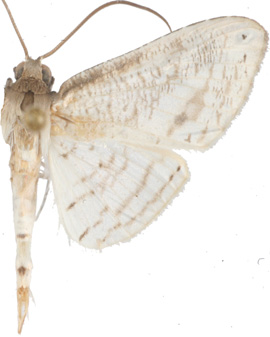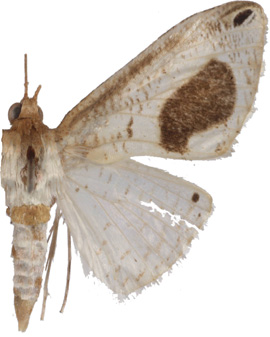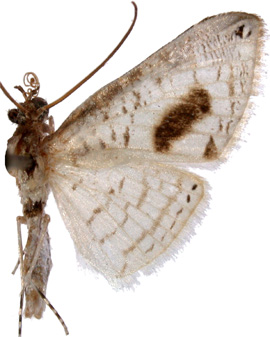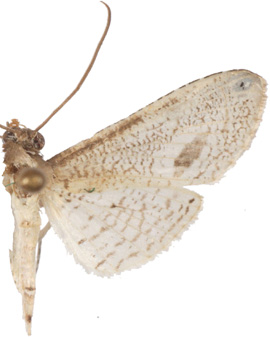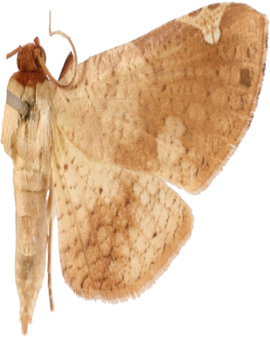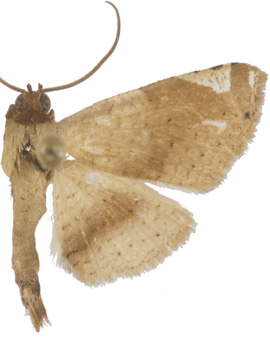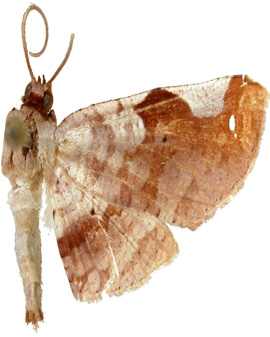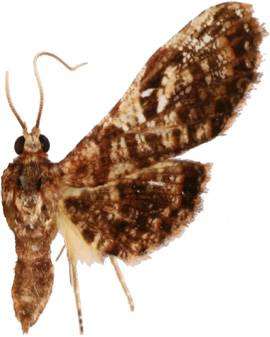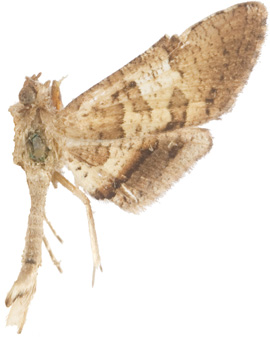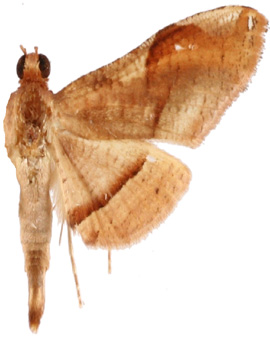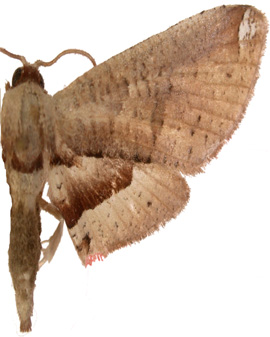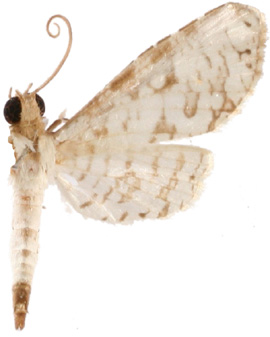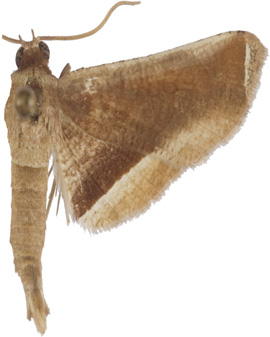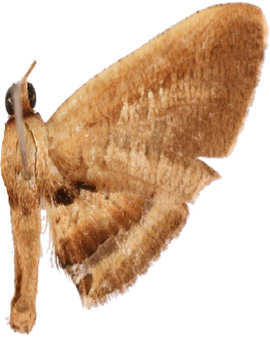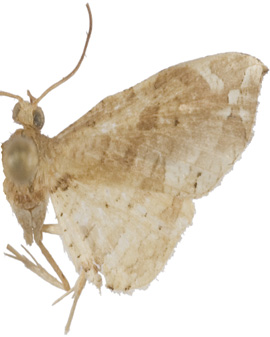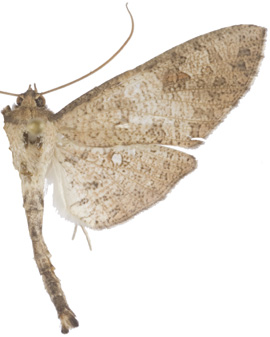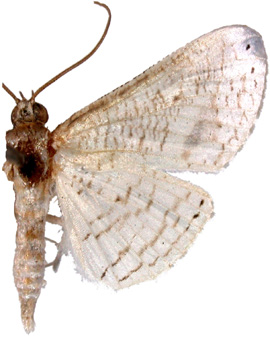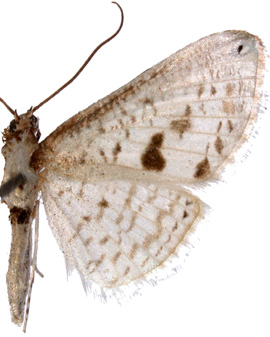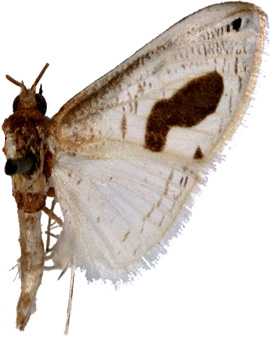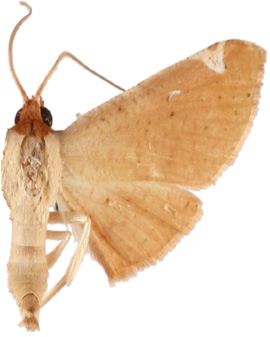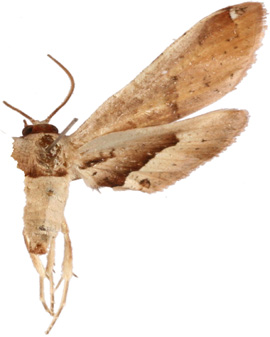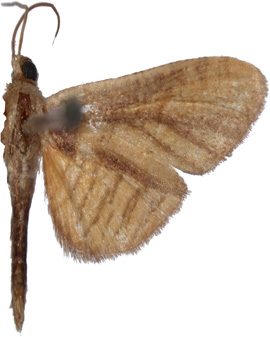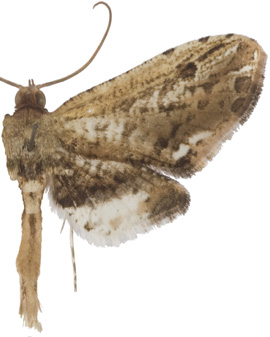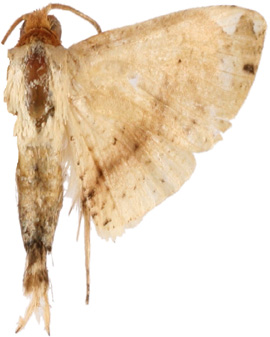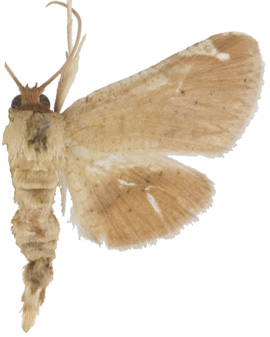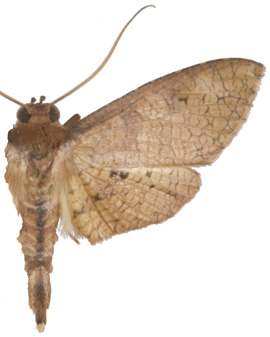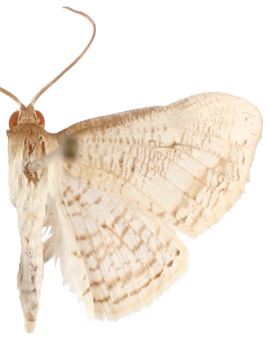Scientific classification
Animalia > Arthropoda > Insecta > Lepidoptera > Ditrysia > Thyridoidea > Thyrididae > Siculodinae >Siculodini > Calindoea
Genus Calindoea Walker, 1863
Type Species: cumulalis Walker (1863: 87) by monotypy.
Syn. Brixia Walker, 1859e: 889, nec Stal, 1856: 162 [junior homonym: Hemiptera]. Syn. n. Shaffer & Nielsen (1996).
Generic description: Walker's original description based on external features does not use particularly distinctive features. A new definition based on genitalic and other characters would be useful.
Calindoea consists of over 50 species, many undescribed. About two dozen occur in SE Asia. As Robinson, Tuck and Shaffer (RTS:131) commented, there is a wide diversity of wing shapes and patterns suggesting a need for revision. Some spp. may have metallic scales on their FW undersides, which are absent in the superficially similar black and white Epaena (RTS:135), although a shiny gold suffusion can occur. In the resting posture adopted by many of the genus (and some other thyridids) the adults rest raised up on their front legs, with the abdomen resting on the substrate and the fore wings drawn forward around the body and head like a tent. See for example the image (Plate 10, 58a) of C. comparalis. In some species, e.g. 'Calindoea' sp. 16, (Plate 10, 83a), at rest the fore wings are twisted and held at 90 degrees to the hind wings. On a wood background this creates the impression of a small bracket fungus.
Calindoea anticalis-argentalis group
There are probably several unnamed species within this group of medium sized silvery species and the situation is confused by some species having been placed into synonymy. Where possible the specimens used for illustrations in this work were matched visually against their types. The group includes C. anticalis (Walker, [1866] 1865), C. argentalis (Walker, [1866] (1865), C. naevina (Moore, [1888] 1887), C. tetraonalis (Moore, 1877: 617, pl. 60, fig. 10.) and C. puralis (Walker, [1866] 1865). There is often a large purplish brown blotch centrally on the FW and most sp. have a small black and white 'eyespot' on the FW apex and/or distinctive black spots near the FW termen. An unnamed series in the NHM (Mi7351) from Sri Lanka has a large purplish distorted, kite-shaped, blotch on the FW. This group needs further detailed investigation.
Calindoea atripunctalis-comparalis group
Calindoea atripunctalis (Walker, [1866] 1865), C. comparalis (Warren 1908), Calindoea sp. 7, C. sp. 11 and C. sp.12 are very similar, mainly differing in the shape and number of costal spots in the pale triangular mark near the FW apex. C. sp. 2 has a more mottled fasciation. This group of species, named sspp. and morphotypes needs close evaluation using genitalic and DNA analysis.
Calindoea elongatalis-interalbicans group
Calindoea elongatalis (Hampson, 1897), C. interalbicans (Warren, 1897), C. tritropha (Swinhoe, 1895a and Calindoea sp. 8 are a group of small to medium sized reddish brown species with elongate wings and a relatively simple patterning in darker brown. The HW has a distinct broad brown fascia in the median area. All except C. tritropha have a white patch near the FW apex.
"CALINDOEA"
These last two morphotypes are probably not well placed in Calindoea. Michael Shaffer postulated Kuja Whalley, 1971a (pers. comm. to TMW, 2009), but as that totally African genus of ten species has eight species of the squamigera group with genitalia different from the genotype gemmata (Hampson, 1906: 119) (Rhodoneura), that genus is problematic. The generic affinites of these two morphotypes must await genitalic investigation.

